I always imagined returning to Heihu (黑虎) again. The location is rightly memorable in terms of geography, and as a local cultural showcase. Out of numerous stunning locations in Maoxian (茂县), it was a noteworthy experience for me when I first visited — there are some special mountain views at the upper part of the village; the local architecture is very characteristic of Qiang life.
Fortunately, I was able to return. Unfortunately, it was still cold and gray. I appear to have made the same mistake of visiting before the environment turned green and abundant. Nonetheless, I had the opportunity to venture around further. And at least there was no ice on the ground this time.
The upper portion of the village allows for up close inspection of watchtowers, art and public displays, dwellings, plus a large bronze statue of an old Qiang leader. Areas are shaped to be inviting, from certain angles at least. Part a greater initiative to stimulate tourism throughout the region — when the season is more cheerful.
What I recognize as development efforts for those that reside here (which is slow-paced to say the least) are more geared toward ensuring that Heihu remains a cultural standout for the Qiang ethnic group, instead of providing a better and more practical place for living. But of course, I’m not an expert. In remote areas like this, these kinds of evolutions are more often than not, works-of-progress in perpetuity.
In the end, what we see is just the eminent section of a broader and widely dispersed countryside territory. Heihu is spread throughout and around.


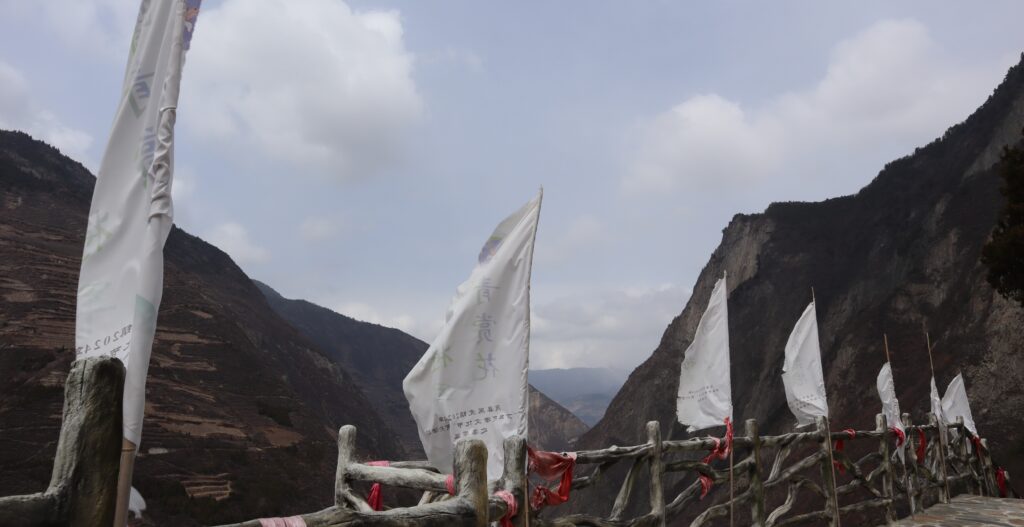
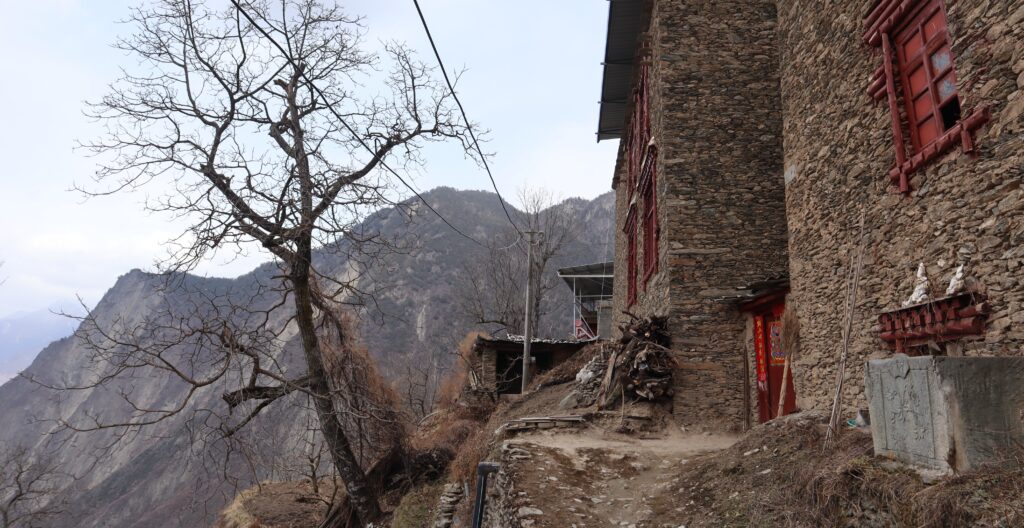
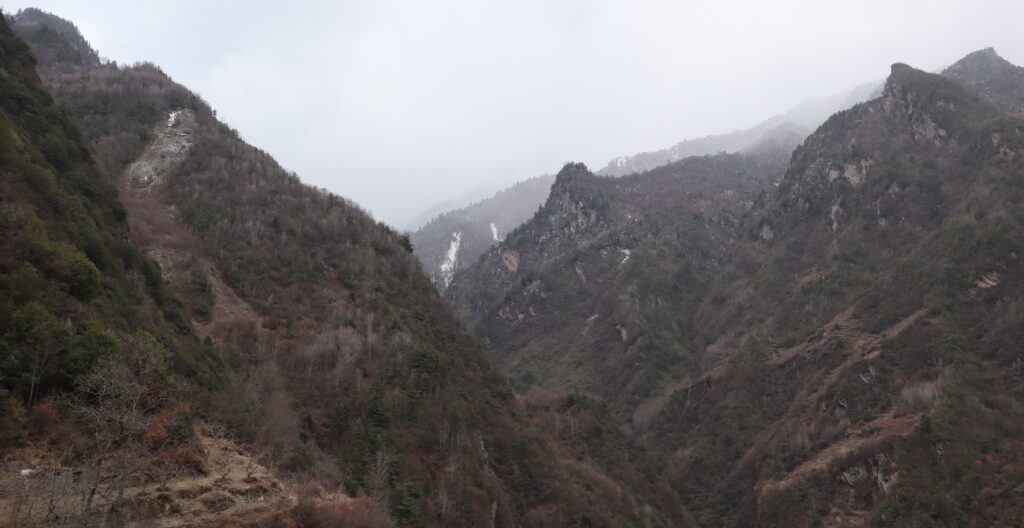
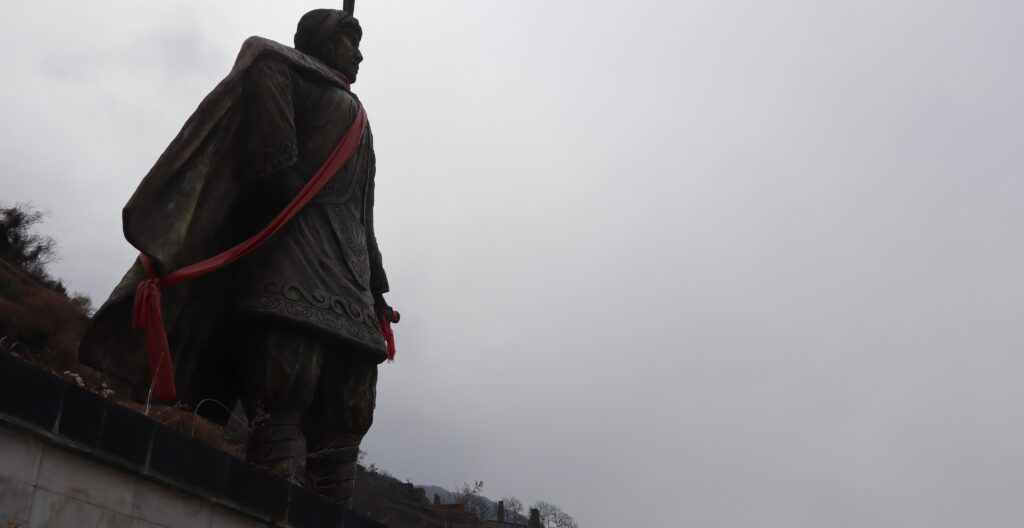
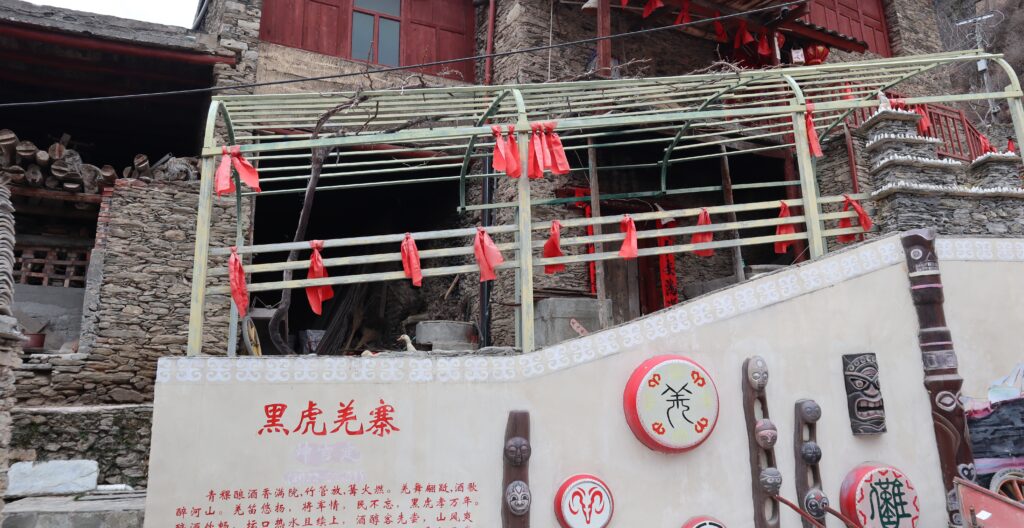
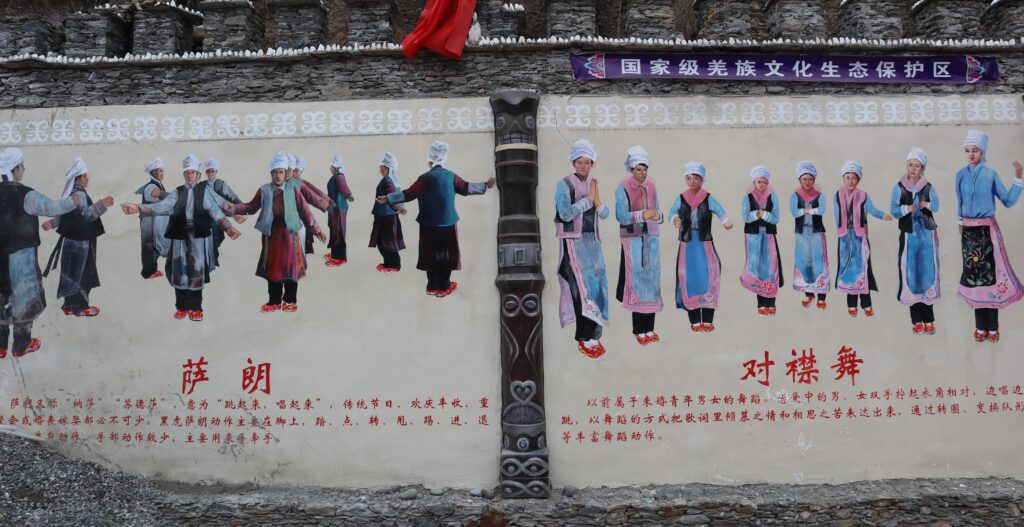
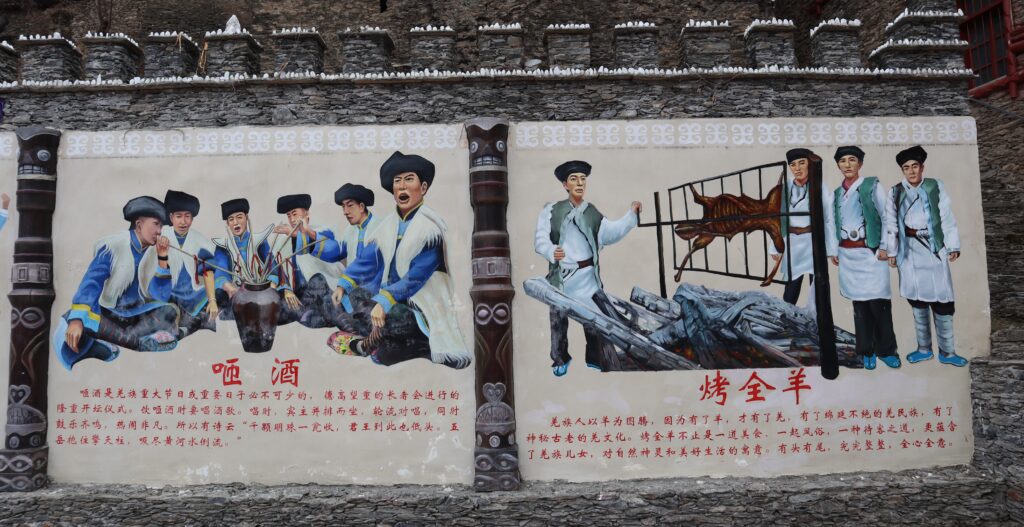
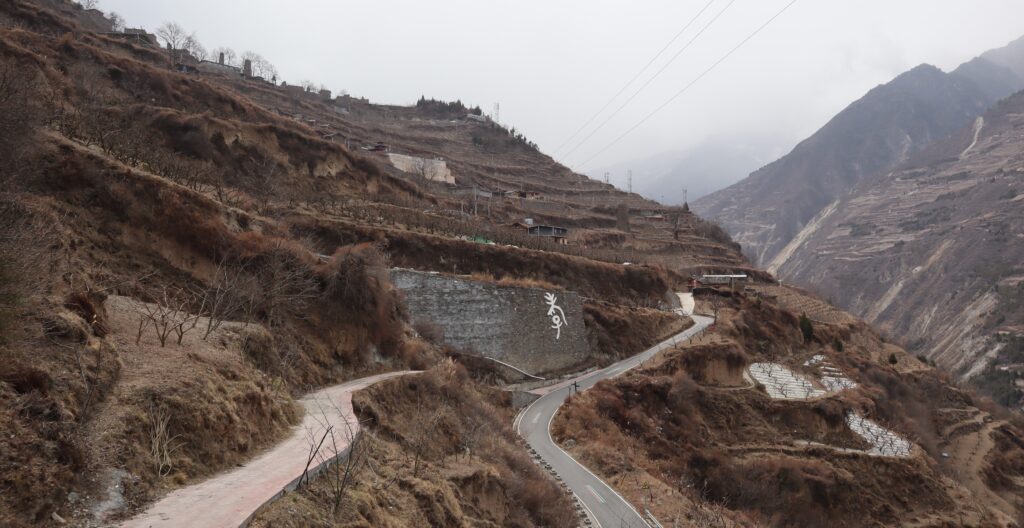
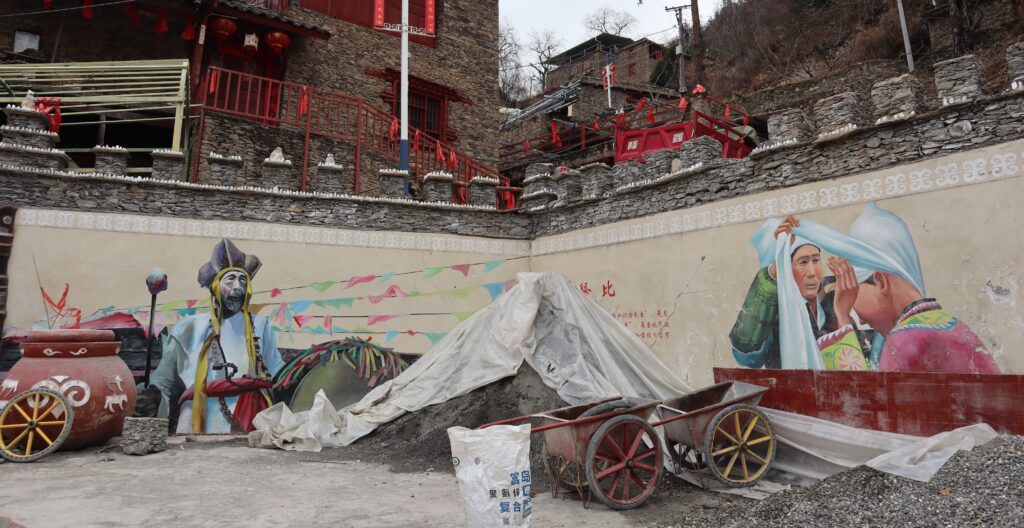
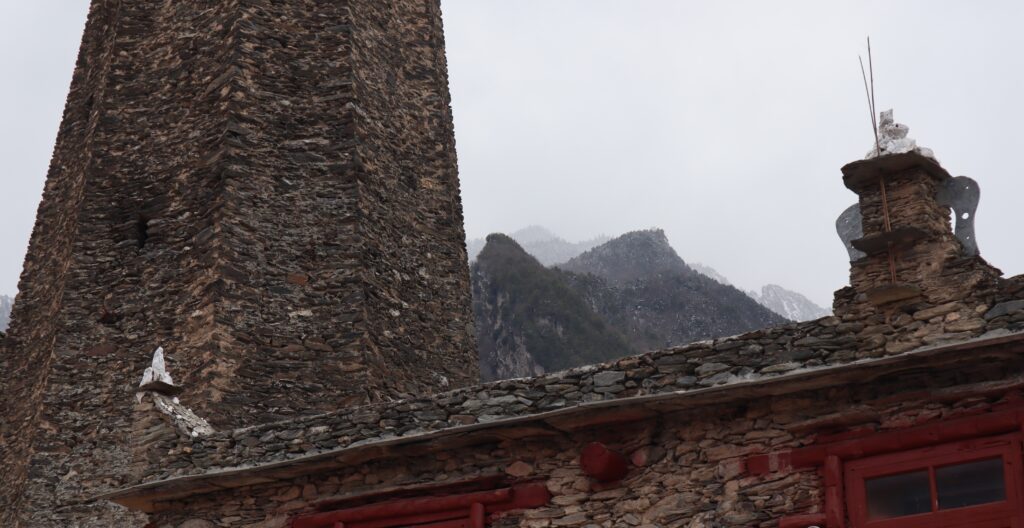
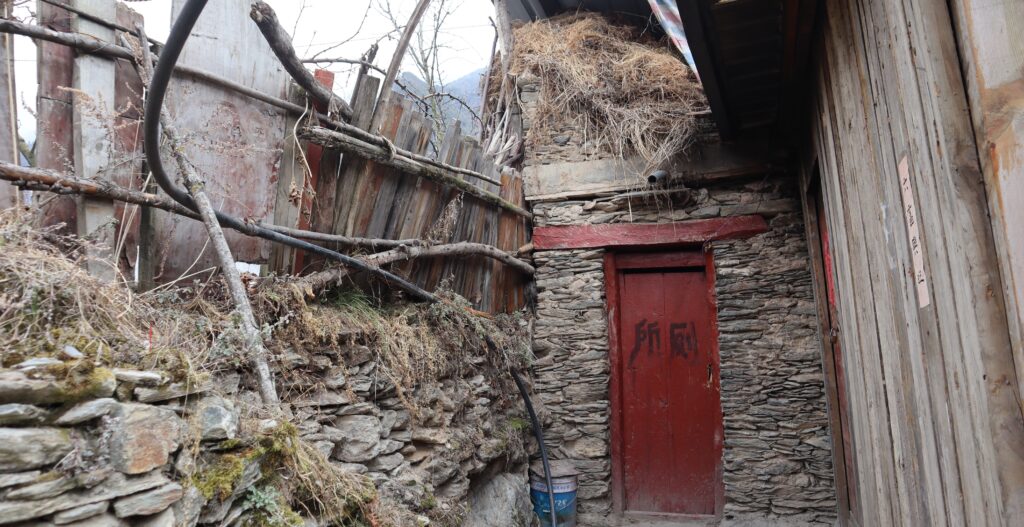
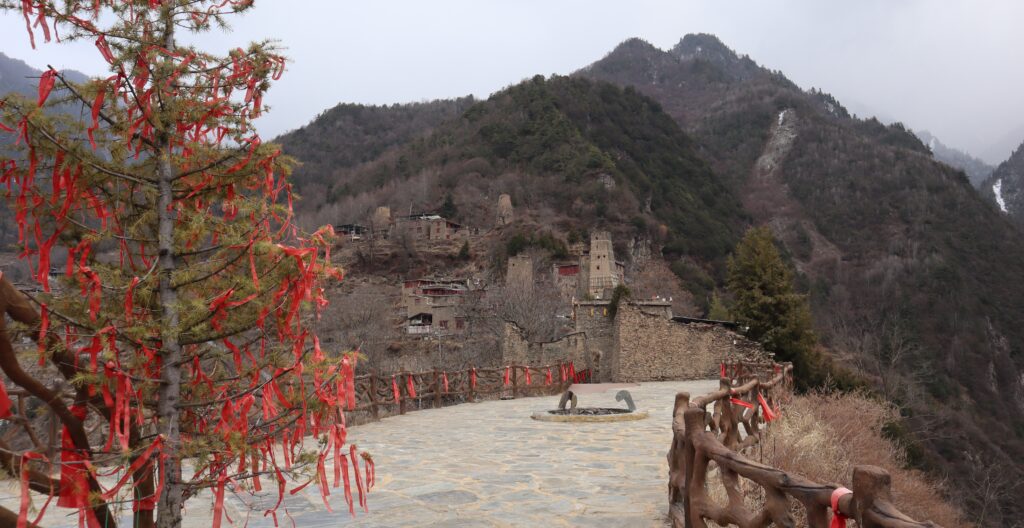
While there isn’t a whole lot more to see in this neighborhood, there is a modest and loose rear-side trail that effectively borders against the mountain side. Like any other village attribute that has survived and evolved over the centuries, it’s a rather blended development of various surfaces and designs. Right when it becomes very step-heavy, and I am beginning to feel out of breath, it ends. It doesn’t reveal anything particularly unforeseen.
There is a naked element on this path, where one side may face the bare/bushy mountain or undeveloped land or a small terrace, while never being more than a few steps from the heart of the village and its more polished homes.

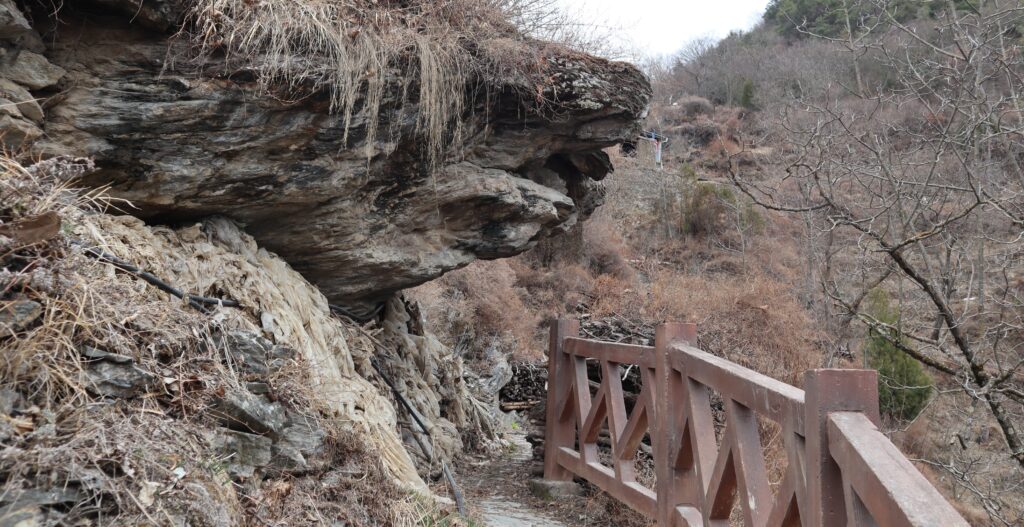
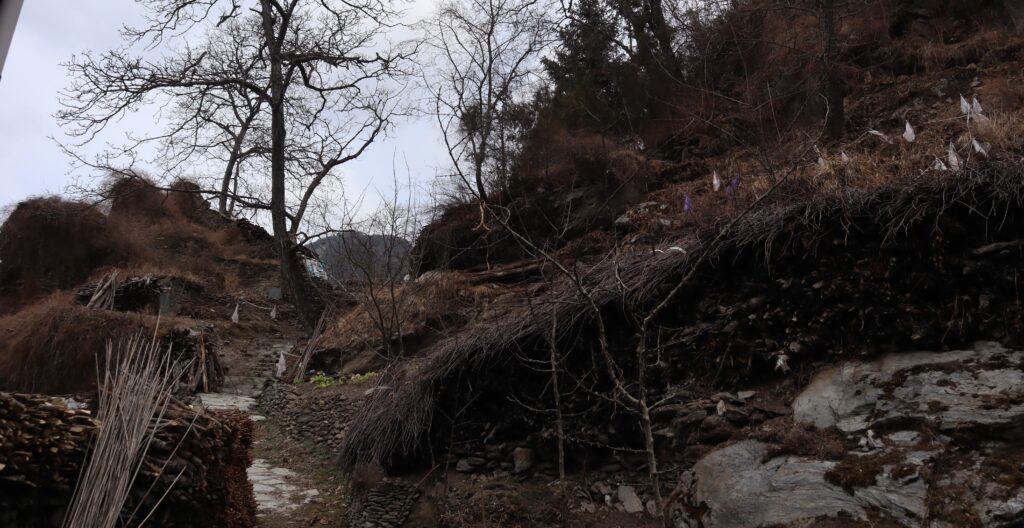
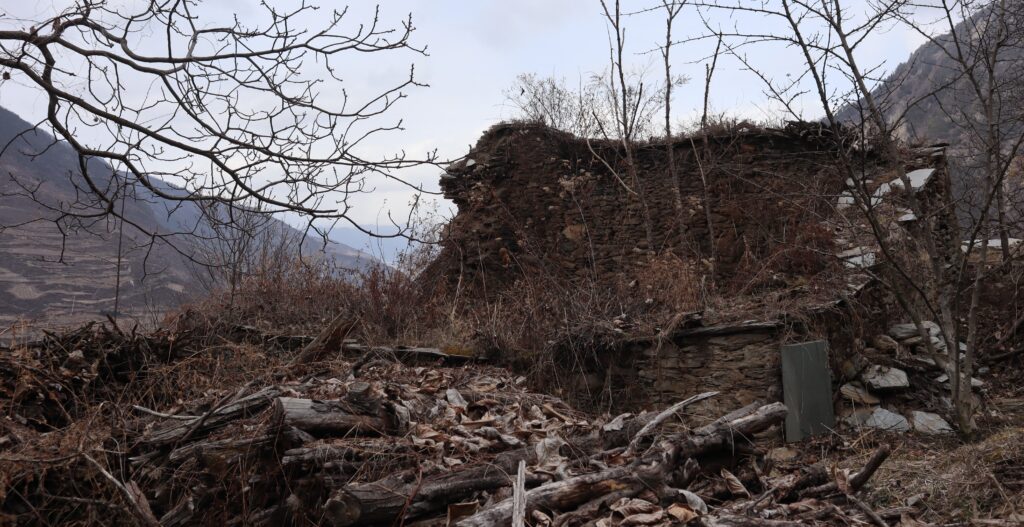

Closer to the ground, we spend some time with a family that owns a home and crops right by the road, not far from the entrance to the village. What they have is reasonably spacious and abundant. But the lifestyle has its demands and challenges. It’s the real-life reality for many Qiang people of the mountains. Living in traditional stone buildings, living off of the land, wearing Qiang clothes, following generations of routines. At a swift glance, it is quaint. But it takes an amazing degree of preparation, dedication, and sacrifice behind the scenes.
Folks give up a lot to sustain lives here: personal ambitions, thrills, opportunities. And maybe more than anything else, it requires families to work together and stay together.
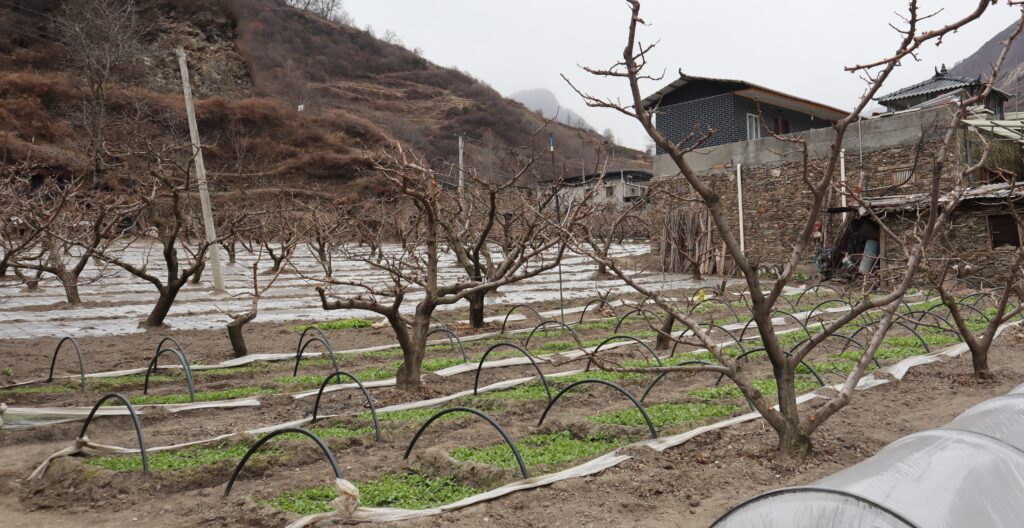
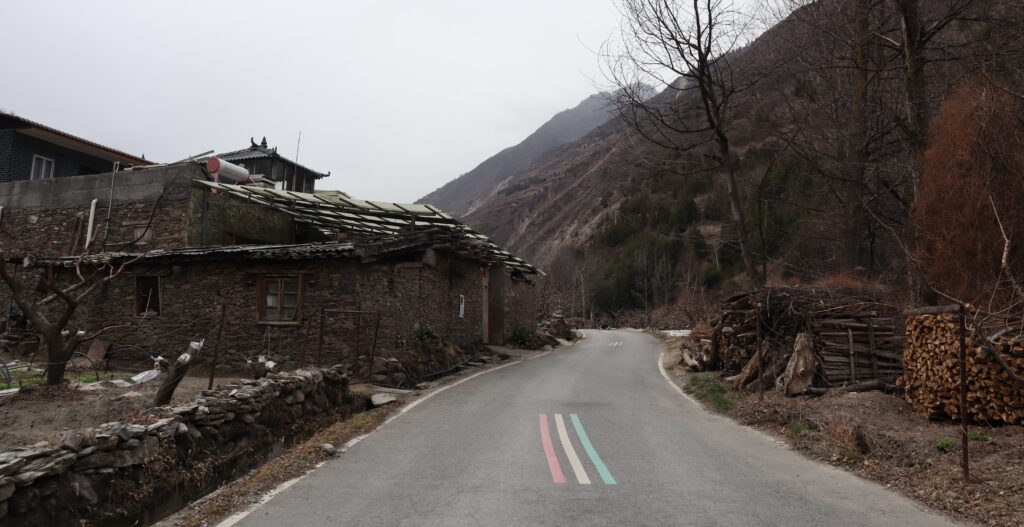
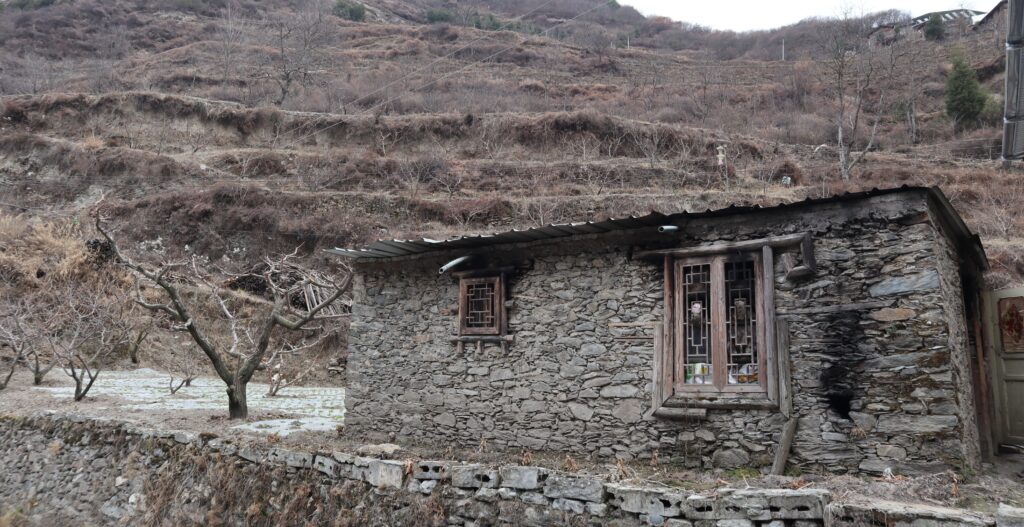


Leave a Reply